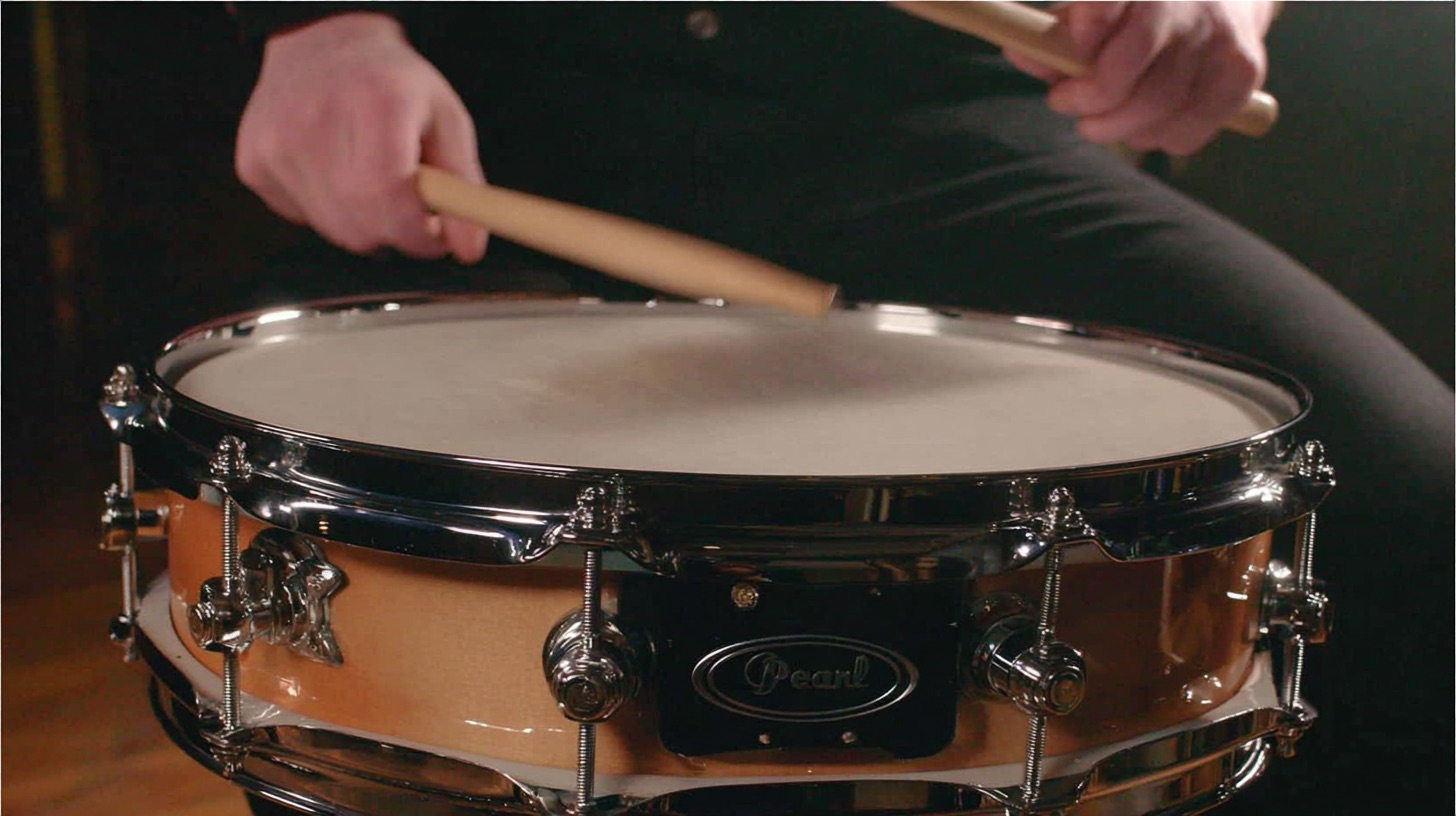
Kris Crummett on Mixing Tilian’s Synths: Achieving Clarity, Width & Punch
Nail The Mix Staff
Tilian’s solo work is a masterclass in blending hyper-modern synth-pop with the energy of a full-on rock band. For any producer, the big question is: how do you get all those layers of synths, guitars, bass, and drums to play nice without turning your session into a muddy mess?
We got a look inside a mix session with producer Kris Crummett as he tackled this exact challenge on a Tilian track. He shared some killer techniques for making thick synths not only fit but shine in a dense arrangement. Let’s break down his approach for creating clarity, width, and punch.
Building a Hybrid Low End with Bass & Synths
A solid low end is everything, but in a synth-heavy track, it’s not always just a single bass guitar. Kris shows how Tilian’s song uses multiple layers to create a dynamic foundation.
In the verse, the bass sound is actually a combination of two distinct elements: a bowed double bass synth for that organic, resonant feel and low notes from an organ patch. Together, they create a rich, textured low end that’s unique and serves the song perfectly.
When the main bassline comes in, it’s a killer blend of a real DI bass and a synth bass. The key here is that the two parts were intentionally crafted to work together. Kris points out that the real bass was performed with slides and a playing style that mimics a synth, helping to blur the lines and create one massive, cohesive instrument. It’s a great reminder that the production process starts at the performance level.
Making a Lead Synth Cut Through the Chaos
The main melodic hook of the song is a bright, arpeggiated synth patch called “Bright Cycle ARP.” On its own, the sound is cool, but in the context of the full mix, it was getting lost and felt a little static and mono. Here’s how Kris made it the star of the show.
Carving a Space with Surgical EQ
First things first, the synth needed to cut through the wall of guitars and drums. Before processing, the melody was getting totally buried. Kris used some targeted EQ boosts to push the synth’s key characteristics forward.
He added boosts around 2kHz, 820Hz, and 600Hz. This strategic move pushed the buzzy, saw-wave texture of the synth to the front, allowing the melody to slice through the mix without having to crank the fader. These aren’t broad, sweeping changes; they’re precise adjustments designed to enhance a sound’s existing character. Mastering these kinds of EQ strategies is fundamental to creating clarity in a busy track.
Creating Width and Taming Dynamics
An aggressive synth melody needs to feel wide and controlled. Kris used a one-two punch to achieve this, starting with a subtle trick and finishing with a more powerful tool.
The “Analog Mode” Trick
On his first EQ plugin, Kris intentionally engaged the “analog mode,” a feature he normally avoids. In this case, the slightly wider, phasey character it added was just what the synth needed to begin breaking out of its mono-ish starting point. It’s a small change, but every little bit of width adds up.
Advanced Limiting for Width with “The Wall”
For the main event, Kris brought in the A.O.M. Invisible Limiter, often referred to as “The Wall,” to handle both dynamics and stereo expansion. This is where a seriously cool, advanced technique comes into play.
He unlinked the left and right channels of the limiter.
Why is this a big deal? When a stereo limiter is linked, a loud peak on either the left or right side will trigger gain reduction across the entire stereo image, which can pull the sound toward the center. By unlinking it, you’re essentially running two independent mono limiters. The left side only reacts to left-channel audio, and the right side only reacts to right-channel audio. This preserves—and even enhances—the stereo width, making the synth feel much larger and more immersive.
To keep the synth from sounding completely squashed, he used the “smooth” mode, which keeps some of the natural bounce and dynamics intact. More aggressive compression and limiting can be great, but here, the goal was control with a bit of life.
The Secret to Punch: Rhythmic Sidechaining
With all these thick, sustained synths and instruments, there has to be room for the drums to hit hard. Instead of just turning the kick and snare up until they’re painfully loud, Kris used sidechain compression.
He sidechained the main synths to both the kick and the snare. Every time a drum hits, the synths duck in volume for a split second. This does two amazing things:
- It Creates Space: It creates a pocket for the kick and snare to cut through the mix with clarity and impact.
- It Adds Rhythmic Pulse: It makes the whole instrumental bed groove and breathe with the drums, adding life and energy.
This trick also allows you to turn the synth up overall, because in the small gaps between drum hits, it’s more prominent and audible. It’s a pro move for achieving that modern, punchy sound where everything feels loud and clear.
See How It All Comes Together
These techniques for layering, EQ, width, and sidechaining are just a few of the moves Kris Crummett used to craft this massive Tilian mix. Seeing these concepts in action, applied across an entire song, is where the real learning happens.
Tilian on Nail The Mix
Kris Crummett mixes Dose
Get the Session
If you want to watch Kris mix this entire track from start to finish, explaining every plugin, fader move, and creative decision, you can get access to the full session on Nail The Mix. It’s one thing to read about unlinking a limiter; it’s another to hear the dramatic difference it makes in a real-world session.
Nail The Mix gives you the chance to sit in the studio with the world’s best producers every single month. You get the raw multi-tracks from huge bands and watch the original producer build the mix from scratch. Ready to move beyond presets and generic tutorials? It’s time to unlock your sound by learning from the pros who are defining modern rock and metal. Check out the Tilian session with Kris Crummett and start applying these techniques to your own mixes today.







